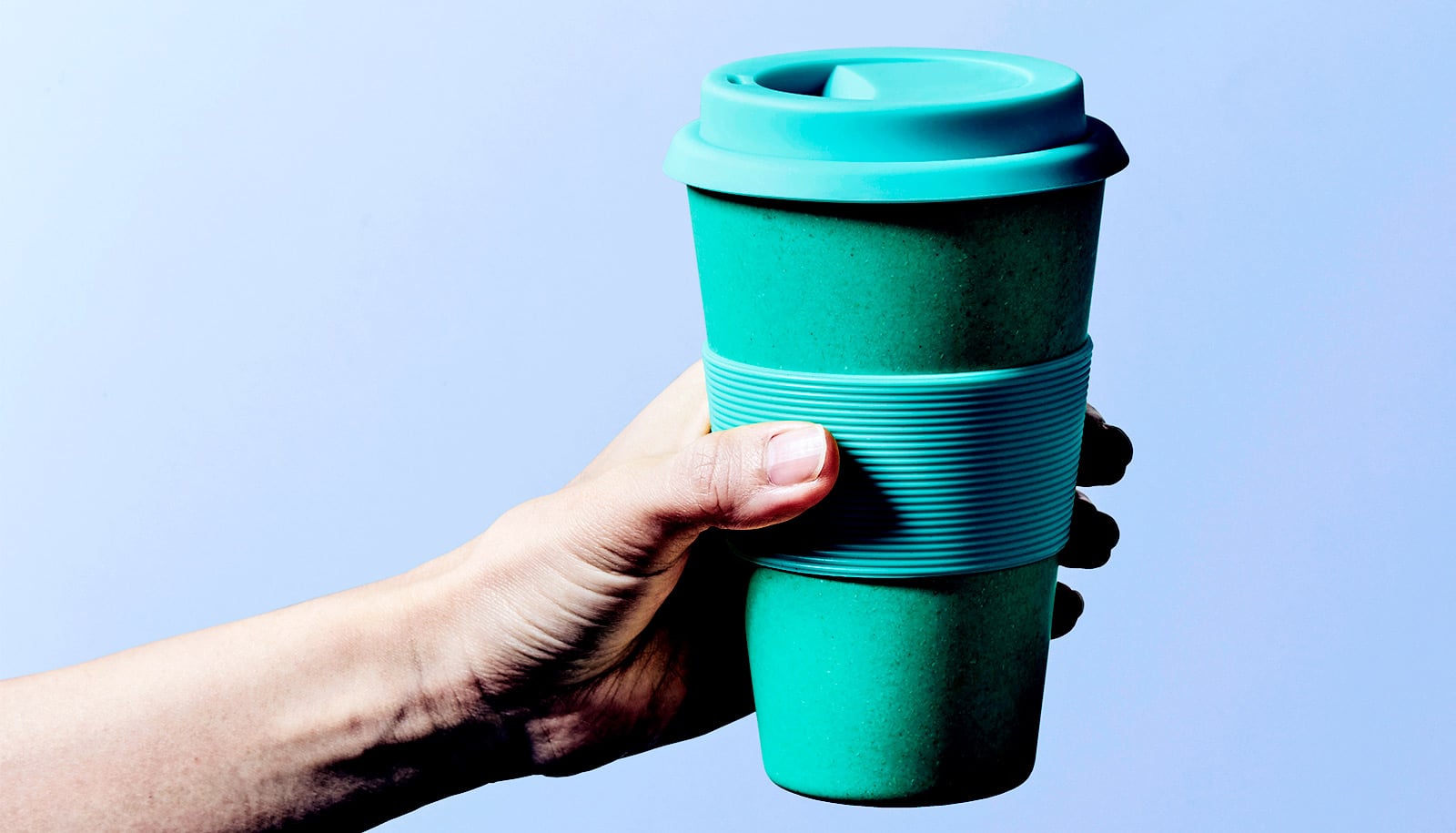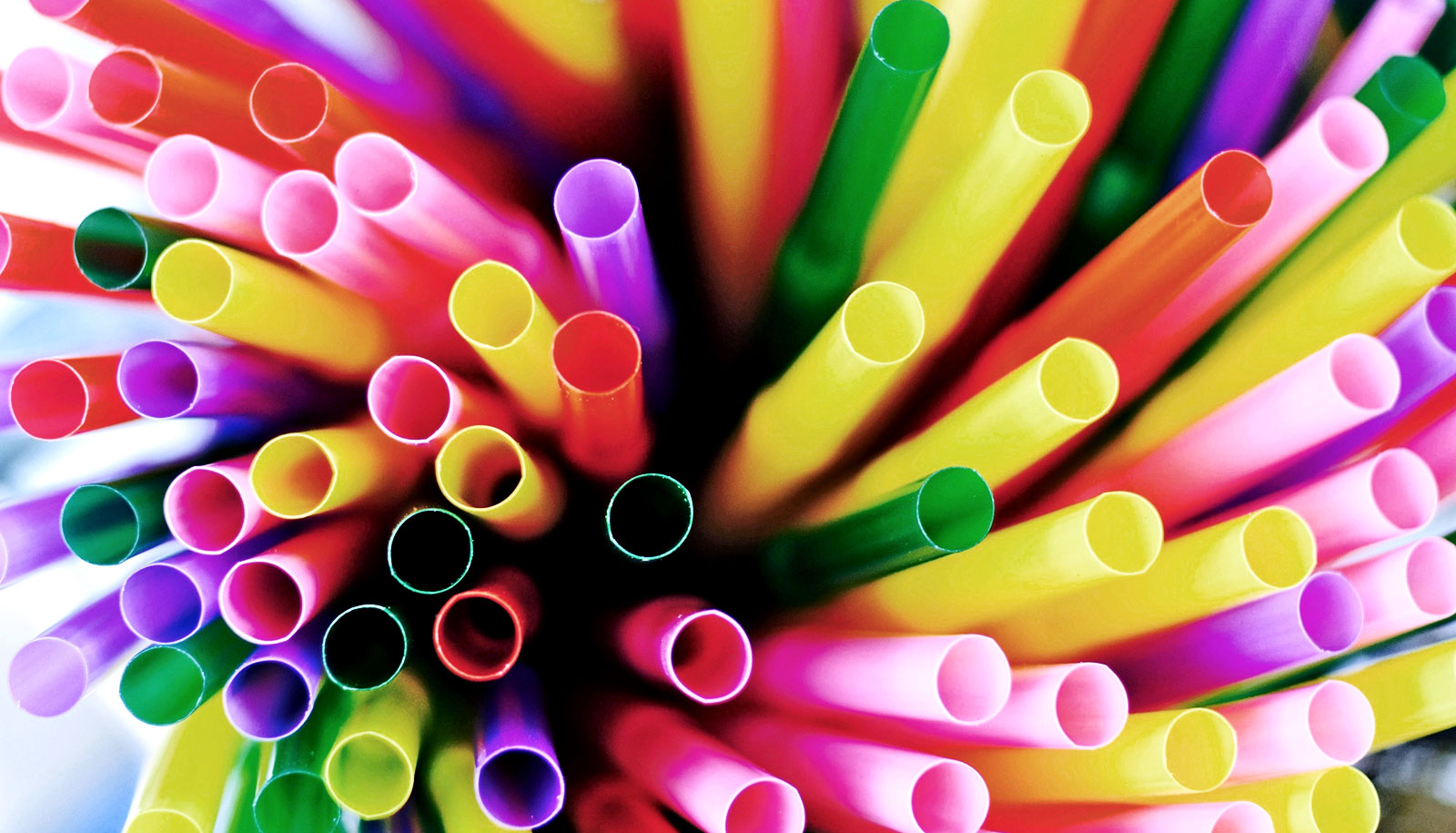Many sustainability-minded consumers likely assume that reusable products have fewer environmental impacts, but just how green are they? A new study uncovers some surprising and counterintuitive results.
These consumers are moving away from single-use plastic products and turning to reusable alternatives. In the kitchen, trendy alternatives include bamboo drinking straws and beeswax sandwich wrap.
To compare the lifetime environmental impacts of common kitchenware products—both single-use plastics and reusables—researchers looked at consumer kitchenware products in four categories: drinking straws, sandwich bags and wraps, coffee cups, and forks.
“Don’t always assume that reusable is the best option.”
They calculated the environmental “payback period” for reusables, defined as the number of times a product must be reused before its environmental impacts per use equal those of a comparable single-use plastic product.
They found that some reusable alternatives never manage to reach that break-even point because of the energy and water used each time a reusable item is washed.
Greenhouse gas emissions
For example, reusable bamboo drinking straws and two reusable sandwich storage options—beeswax wrap and silicone bags—never reached the break-even point in any of the three environmental impact categories assessed in the study: energy use, global warming potential, and water consumption.
“Reusable alternatives have quickly become a popular solution for replacing single-use products and helping to combat the ubiquity of disposable plastic,” says Shelie Miller, an environmental engineer at the University of Michigan’s Center for Sustainable Systems, which is based at the School for Environment and Sustainability.
“But don’t always assume that reusable is the best option,” says Miller, senior author of the study in the International Journal of Life Cycle Assessment. “Our study showed that some reusable alternatives never break even because it takes more energy, and generates more greenhouse gas emissions, to wash them than it takes to make the single-use plastic item.”
Pluses and minuses of reusables
The researchers report that, in general, reusable products that must be manually washed have higher environmental impacts than those that can be placed in the dishwasher.
For example, beeswax sandwich wrap, which must be manually washed and has a large surface area, was never able to reach the break-even point when compared to disposable plastic sandwich bags.
“Not washing out a coffee mug after every use might ick some people out, but it’s actually a pretty standard practice for other folks.”
On the positive side of the ledger for reusables, nine of the 12 reusables were able to reach the break-even point, even when washed after every use. All three reusable fork alternatives (bamboo, reusable plastic, and metal) had payback periods under 12 uses for all three environmental impact categories.
“A key takeaway from our research is that we now understand what factors are driving environmental impacts for both reusable and single-use kitchenware products,” says first author Hannah Fetner of the Center for Sustainable Systems. “Knowing what factors are most influential can help consumers most effectively reduce their own impacts.”
For example, the duration of the payback period for reusable kitchenware was found to be highly sensitive to both washing frequency and the method of washing. Ceramic mugs had the lowest overall impacts in the coffee-cup category, and consumers can reduce those impacts even further by occasionally choosing a quick rinse with cold water over a thorough washing, Miller says.
“Not washing out a coffee mug after every use might ick some people out, but it’s actually a pretty standard practice for other folks,” Miller says.
Other tips for consumers looking to reduce the overall environmental impacts of kitchenware products include:
- Extend the reusable product’s lifetime as much as possible. The more times you use a product, the smaller your footprint.
- When washing a reusable kitchenware product, choose machine dishwashing over hand-washing. In most cases, machine washing has lower impacts.
- Reduce your overall consumption of these product types—both reusable and single-use versions. For example, some people need and benefit from drinking straws, while others could consider going strawless.
- Advocate for the integration of renewables in your local energy grid and participate in green power purchasing programs when possible. Greenhouse gas emissions tied to heating water for dishwashing will vary with the carbon intensity of the local electrical grid.
More than kitchenware
While consumer decisions about kitchenware matter, it’s important to keep in mind that kitchenware products represent a very small proportion of any person’s environmental footprint, according to the authors.
Potential environmental improvements associated with reusable products are generally small when compared to emissions associated with household transportation, energy use, and food choices, they say.
In their study, the researchers examined lifetime environmental impacts of kitchenware products from resource extraction, manufacturing, and transportation to product use and end-of-life disposal. Reusable products often use more resources and energy during the manufacturing phase, but those “upstream impacts” become less of a factor over time, according to Miller and Fetner.
Previous studies have looked at the payback periods for consumer goods including air conditioners, refrigerators, washing machines, and automobiles. One frequently cited study by the Dutch government found that reusable grocery bags often need to be reused hundreds of times before their environmental impacts are less than those of single-use plastic grocery bags, Miller says.
Those earlier studies and the new current investigation highlight the complexities of product sustainability, the nuances of the environmental impacts of reusable items, and the multiple factors and behaviors that influence a study’s outcome, according to Miller and Fetner.
Source: University of Michigan



